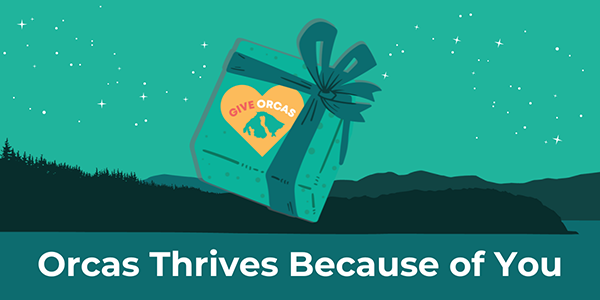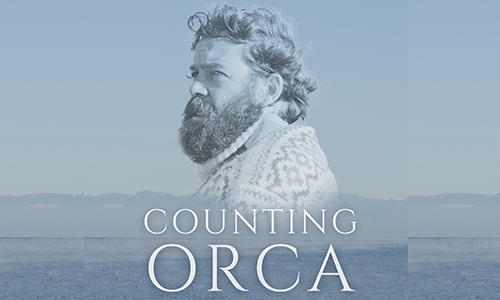By County Auditor F. Milene Henley
Second quarter 2013
I work for the government, which gives me a warped view of the world. I forget that not everyone knows obscure stuff like how levies work, or that sales tax is comprised of lots of little parts. Since sales tax is always a big part of my quarterly reports, I thought I’d take this opportunity to explain a little more about our local sales tax.
The “base” rate for sales tax in Washington is 6.5%. That’s the State amount, and all of it goes to the State–unless they choose to give it back, as in two cases described below. Counties and cities are allowed to add an additional 1% “local option” tax. Only one county–Klickitat–has not adopted the full 1% allowed. So effectively, the base rate in Washington State is 7.5%.
The current rate in San Juan County is 8.1% (King County is 9.5%!). So how did we get from 7.5% to 8.1%? Counties are allowed to add other components to sales tax, some by public vote, some by Council action. Unlike the 1% local option tax, all are restricted to specific uses.
The first two add-ons were adopted by the old BOCC in 1995 and 1996: .1% for criminal justice purposes, and .1% for jail and juvenile detention purposes. Those brought our county sales tax rate to 7.7%, where it stayed until 2008.
In December of 2008 Council adopted the .1% mental health sales tax, which may be used only for mental health and substance abuse programs. Then in November of 2012, the public voted to add a .3% public safety tax. Forty percent of the public safety tax must be shared among the cities and towns in the county; in our case, that means that the whole forty percent all goes to the Town of Friday Harbor. Both the County and the Town are required to use at least one-third of the proceeds to provide criminal justice or fire protection services.
That gets us to 8.1%. But there’s more. In addition to the 8.1% sales tax, guests of our local lodging establishments pay another 2% “lodging tax.” Actually, the total lodging tax is 4%. The first 2% of it is distributed to the County out of the State’s 6.5%. The second 2% is added to the 8.1%, so lodging guests pay a total of 10.1% sales tax on their accommodations. Advised by a local Lodging Tax Advisory Committee, the County Council uses all of the lodging tax revenues to support tourism activities and facilities, or to promote San Juan County as a travel destination.
Another, sort of “invisible,” sales tax revenue is the .09% rural sales and use tax, which is distributed to small counties of low population density. Nobody “pays” this tax; rather, like the first 2% lodging tax, it is distributed out of the State’s 6.5%. The money must be used on capital projects belonging to public entities, and must encourage economic development.
With all that at stake, you can see why I worry about sales tax revenue. So buy local. We need the money.
**If you are reading theOrcasonian for free, thank your fellow islanders. If you would like to support theOrcasonian CLICK HERE to set your modestly-priced, voluntary subscription. Otherwise, no worries; we’re happy to share with you.**








Milene:
A great explanation of how the ‘tax system’ collects money from it’s citizens – very precise and simple.
But as a citizen I would love to know more about how those ‘collected taxes’ have a positive impact in our islands, communities, and towns. Real life examples of results that matter….
How is the money allocated – and perhaps then pick one or two major categories of spending and tell us the real benefits we are getting from the funds allocated to those categories of spending.
For many of us the ‘transparency of benefits’ gets lost in the haze (not fog) of government.
Thank you so much for your service to us all.
County Auditor Henley’s report is short, concise and a great help to understand the complexity of how the taxes paid to the State get back in the coffers of The County.
One of the most perplexing issues for Ms.Henley is whether or not the practice of having full faith and trust in both businesses that report taxes collected and the state who administer and distribute the taxes is justified.
For example: If I call a contractor domiciled in Skagit County to come over and fix my whatever and when finished contractor hands me a bill with reimbursement for the ferry ride, parts used in the repairs and the hourly labor charges. On the bill there is also a 7.5% charge for sales tax. I give him a check and am happy that the repairs are OK. When it comes time to send the State the taxes my contractor collected from me, where does my contractor report the tax originated? San Juan County or Skagit County? As long as my contractor remits the taxes collected on time and doesn’t give The State any reason to trigger an audit, the chance he will be audited are slim and none.
My contention is this. Isn’t it easier to just lump it all into one sum and direct it as received at my principal place of business in Skagit County? I think so.
Because San Juan County is a bunch of islands without access to many services except those offered from the mainland, the question as to whether we get our fair share of the sales tax distribution deserves to be an issue.